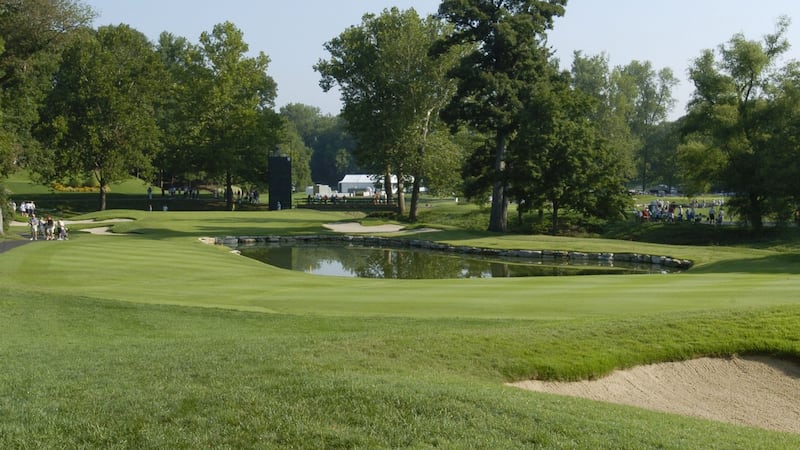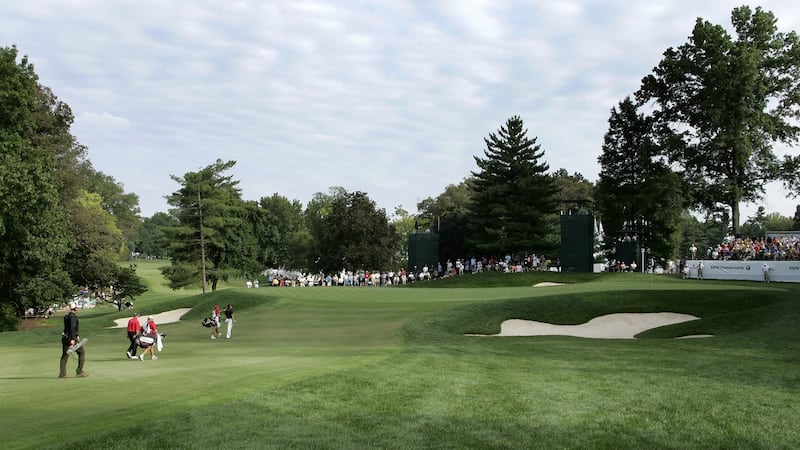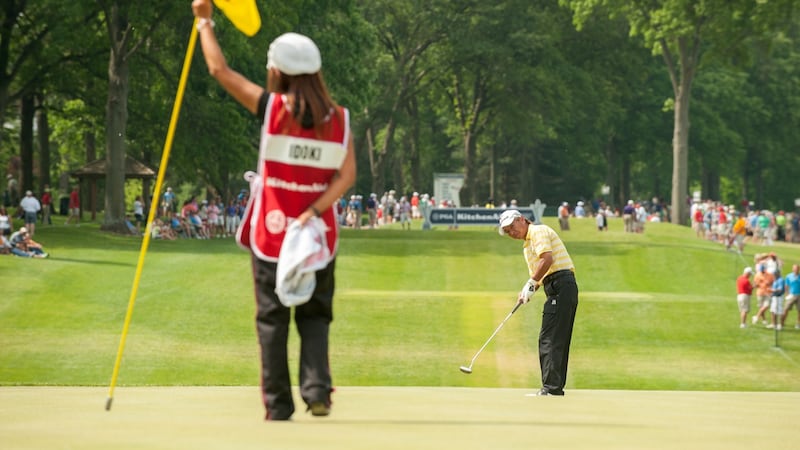The past few days have been spent by players seeking to decipher a secret code. For most of them, this is new terrain: Bellerive Country Club may have a rich history, one dating back to how it derived its very name from Louis St Ange de Bellerive, who was the last French governor in North America if you must know, but it hasn’t staged a Major championship in 26 years.
In the 1992 US PGA Championship, Nick Price, from Zimbabwe, ran out a three-stroke winner to claim his first Major title. En route, he holed an audacious putt of 105 feet on the 12th green in the final round as he finished three strokes clear of a group that included Nick Faldo. Putting, once again, will be a key factor, especially on greens which – due to the humidity of recent months, and heavy rain earlier this week – have been protected and likely run slower than the tour average.
Bellerive has twice hosted Major championships. Apart from Price’s breakthrough Major win in that 1992 PGA, it also played host to the 1965 US Open when South African Gary Player’s victory gave him the fourth leg of the career Grand Slam.
Although not a Major, the WGC-American Express Championship was due to be played at Bellerive in 2001 but was cancelled after the terrorist attack of 9/11 on the Twin Towers in New York.
Founded in 1897, originally known as The Field Club with a nine-hole course, the club moved to the suburb of Normandy in 1910 to a course designed by Scottish professional Robert Foulis. It was at that point it was renamed Bellerive Country Club and, in 1955, the decision was taken to relocate to its current location and completed the move five years later to the Robert Trent Jones Snr layout.
Rees Jones – a son of Trent Jones Snr – undertook a major renovation of the course in 2006, with the most dramatic change made to the second hole. Previously a dogleg left, hundreds of trees were removed and the creek transformed into a lake to give players clear sight of the green from the tee. Other changes included reducing the size of the 11th hole to make it a driveable risk/reward Par 4.
The real strength of the course, though, is in its finishing stretch of holes from the 14th to the 17th. Known as "The Ridge," this sequence of holes asks the tougher questions – although much of the bite has been taken away by the heavy rainfall which has softened the course. "It looks like 20 under par is going to be a winning score here," admitted Pádraig Harrington, while Shane Lowry observed: "There is no doubt it is going to suit the longer hitters, I'd say Rory (McIlroy) and Dustin (Johnson) these guys are licking their lips, I think you need to drive the ball well and in play."
It would seem that the rain has aided players in their bids to decipher that code. “It’s going to be the quintessential target golf,” said McIlroy.
Three key holes
11th Par 4 355 Yards
A risk/reward drivable Par 4 that will encourage the big hitters to have a go. A back right pin placement might cause players to think twice about going for the green off the tee, but otherwise it will be a tempting proposition. There is a water hazard down the right and a bunker guarding the left approach.

15th Par 4 495 Yards
This hole could play the toughest of all. The onus will be on players to find the fairway – with trees left and right – to set up an approach to a wide but shallow green which has a steep right-to-left slope. The green is further protected by large, deep bunkers.

16th Par 3 237 Yards
It’s not just about length on this Par 3, as the elevated large green has two yawning bunkers guarding the tee-shot. The challenge is not just to find the green as much as to avoid the sand traps as that most difficult of all shots, the long bunker shot, immediately comes into play.

Card of the course1st, 425 yards, par 4
|











